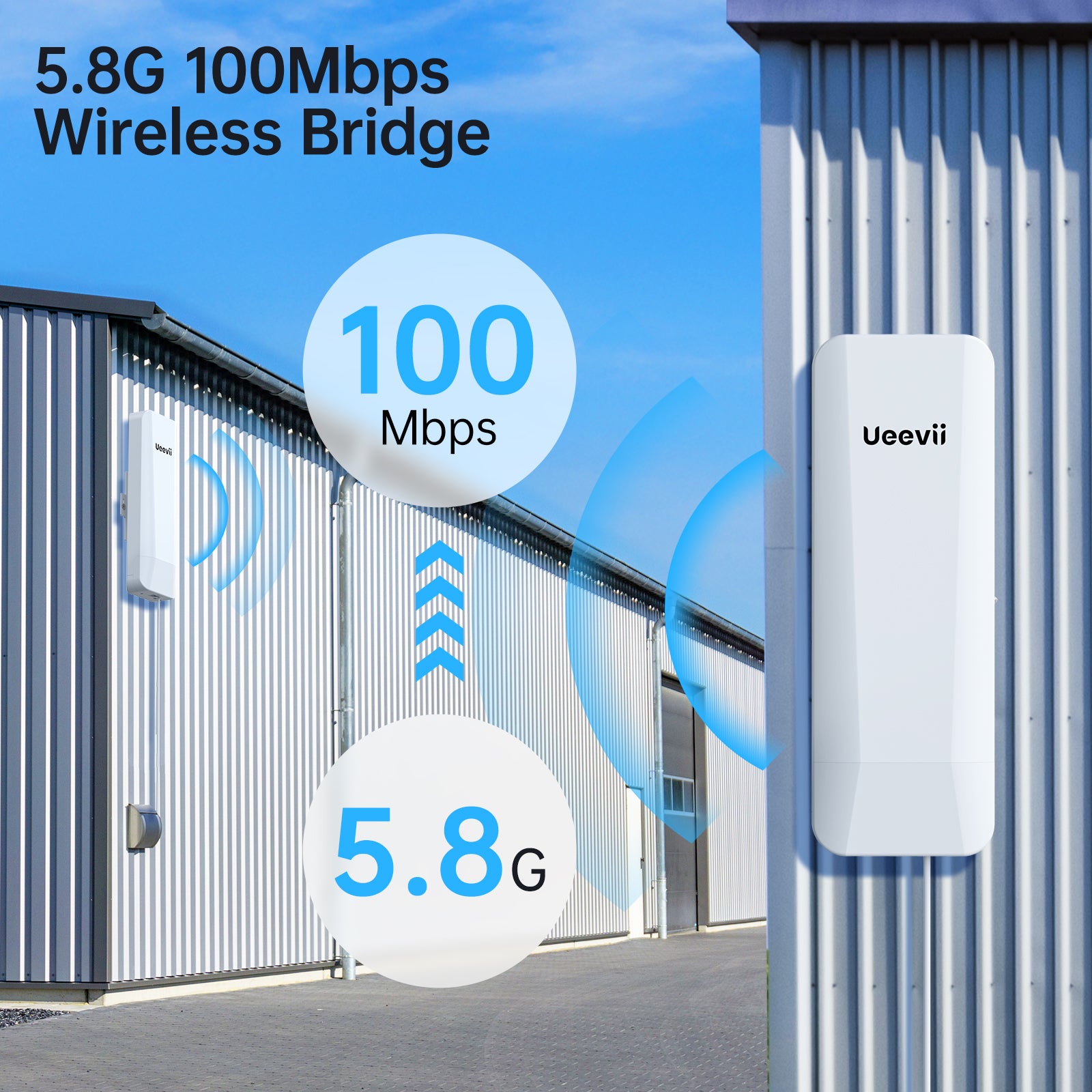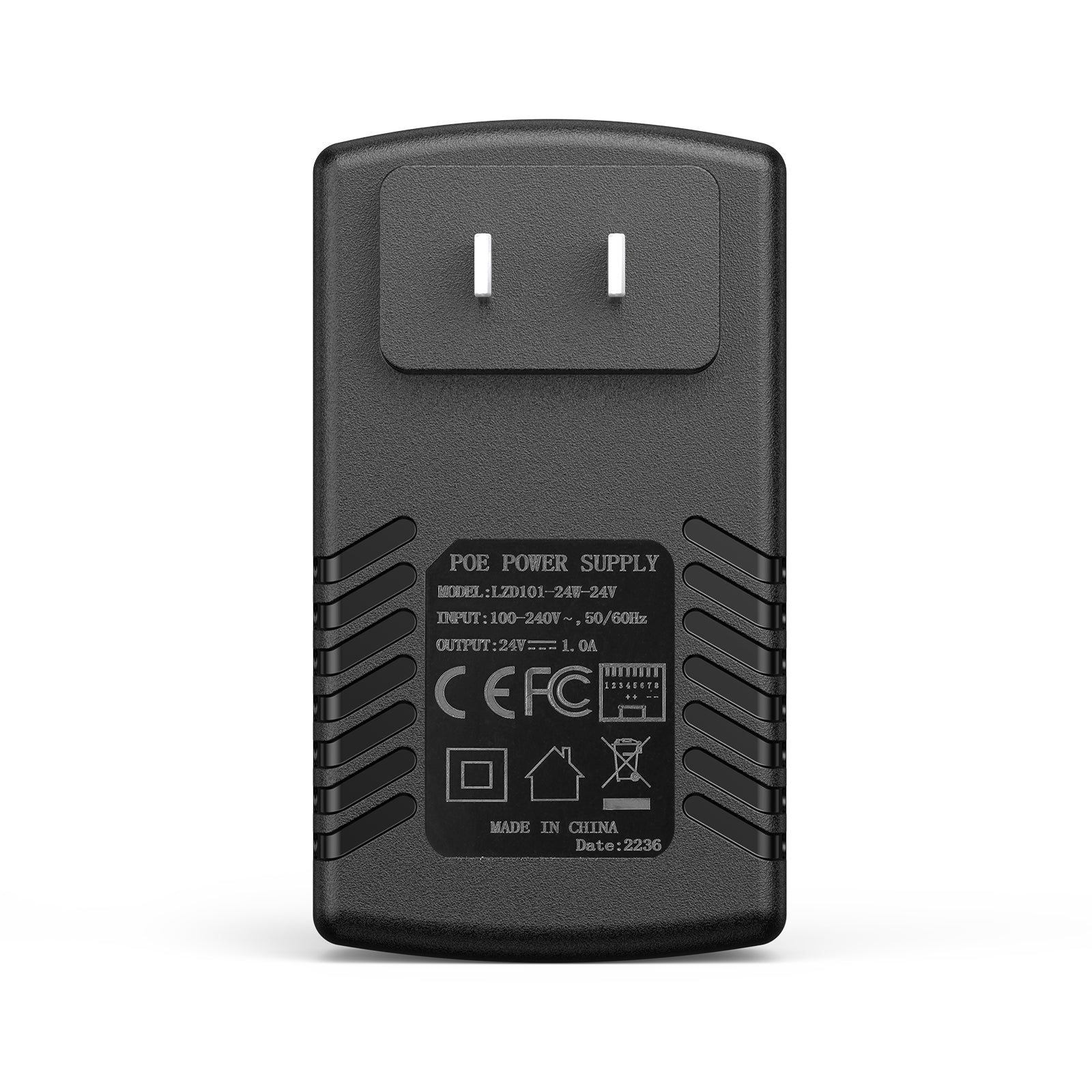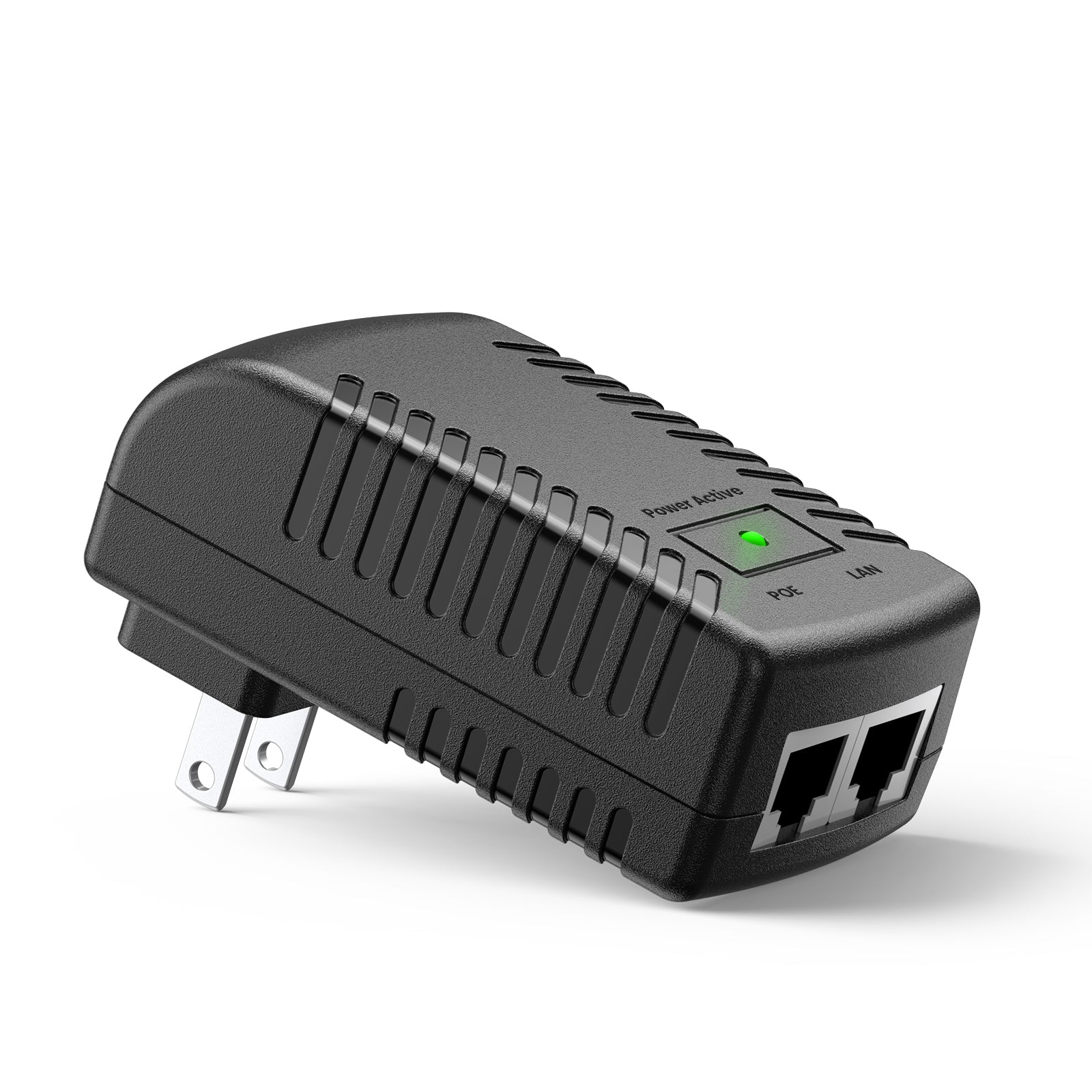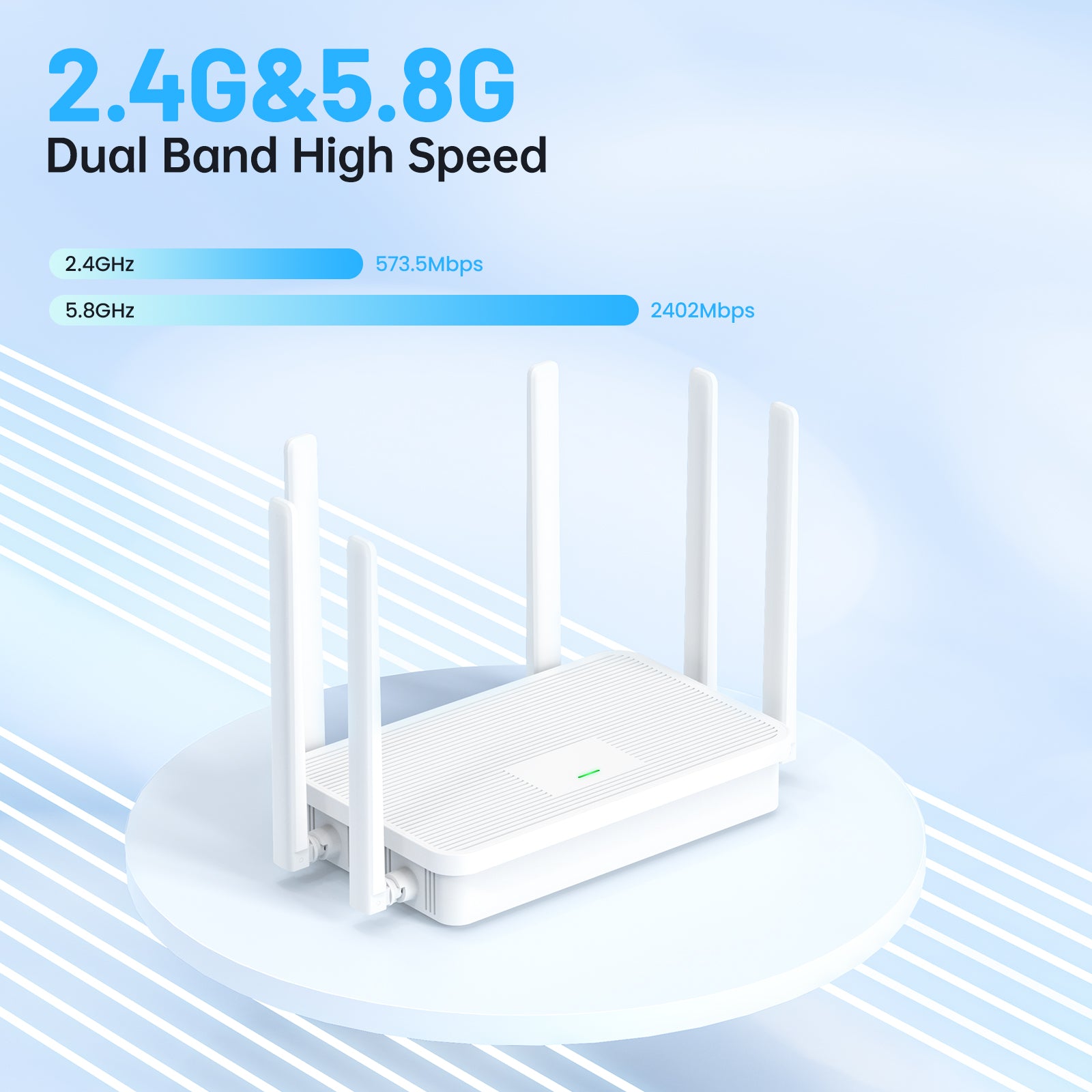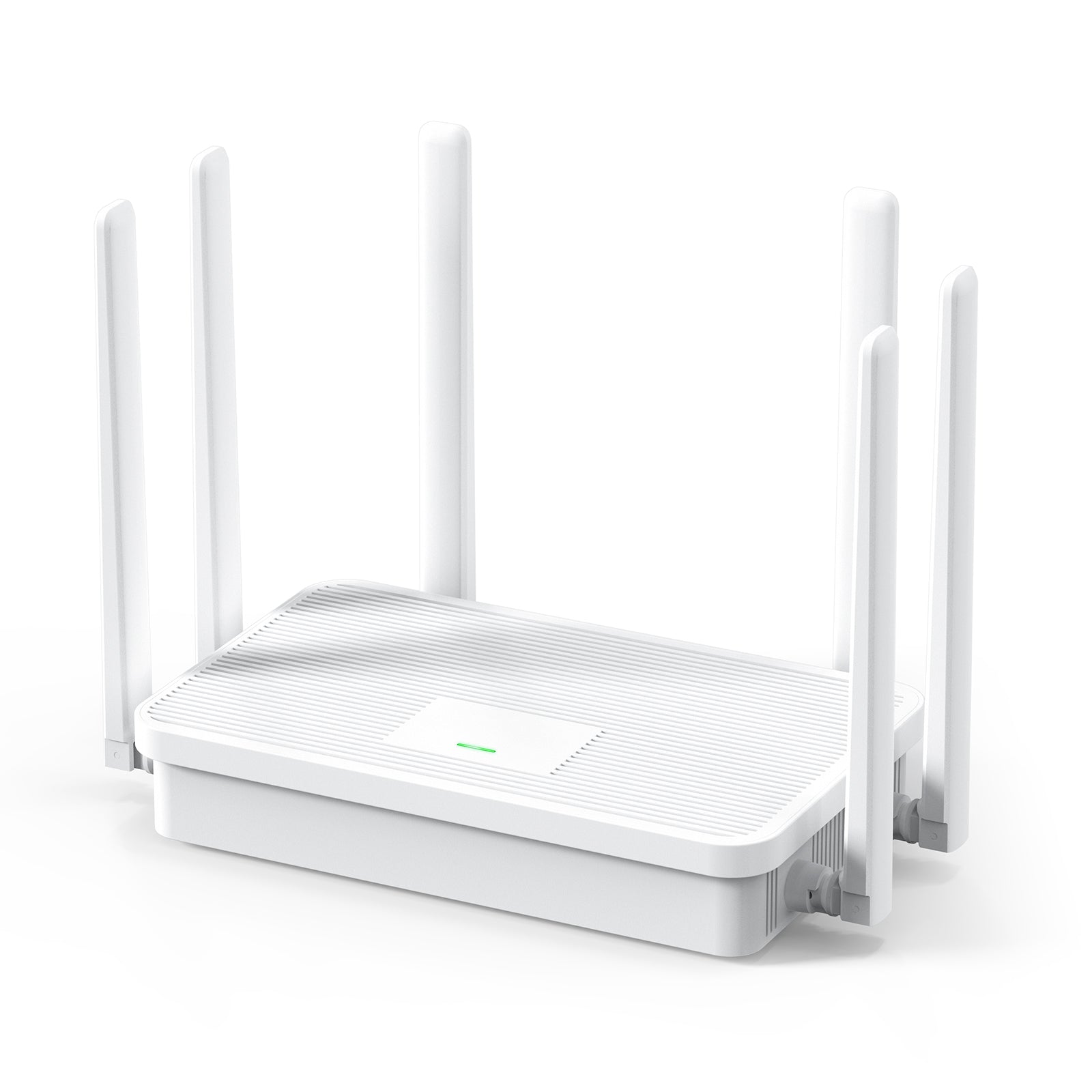Overview of Wireless Network Bridges in the US Market
The Evolution of Wireless Network Technologies
The rise of wireless network bridges is linked to wireless tech's growth. Early wireless networks were often slow and unreliable. Now, US markets have fast and stable options. These include Wi-Fi and Bluetooth advancements. Companies have refined bridge designs over time. This boosts network efficiency and range. Consumers enjoy faster and wider internet access. The evolving tech meets both personal and business needs. The changes show progress in American connectivity.

Key Features of Modern Wireless Network Bridges
Modern wireless network bridges in the U.S. market offer a plethora of features enhancing network performance and connectivity. Employing cutting-edge protocols, these devices support faster data transfer rates, typically offering dual-band or even tri-band options to optimize signal frequency. Advanced security measures, like WPA3 encryption, are integral to these bridges, safeguarding network integrity against unauthorized access. Beamforming technology is another key feature that improves signal strength and range, focusing the Wi-Fi signal towards devices, rather than dispersing it randomly. Furthermore, with built-in quality of service (QoS) settings, network traffic prioritization ensures essential data flows smoothly and uninterrupted, which is particularly valuable in congested network environments. Lastly, modern bridges often come equipped with user-friendly interfaces allowing for easy setup and management—a boon for users not versed in complex networking jargon. These features collectively make wireless network bridges vital to American homes and businesses seeking robust and secure internet connectivity.
Technological Advancements and Consumer Benefits
Enhancing Home and Office Connectivity
Wireless network bridges have revolutionized connectivity in US homes and offices. They enable devices in different areas to communicate seamlessly, eliminating the need for extensive wiring. This tech supports various standards like Wi-Fi 6, ensuring faster and more reliable connections. For consumers, this means smooth streaming, gaming, and browsing, even with multiple devices connected. In offices, wireless bridges facilitate better collaboration with the hassle-free sharing of resources across networks. Thanks to these advancements, users enjoy an enhanced internet experience that aligns with the modern, mobile-first world.
The Role of Network Bridges in IoT and Smart Home Integration
Wireless network bridges are key in linking smart home devices. They enable seamless communication between various IoT elements. This integration results in more efficient home automation. Users can remotely control lighting, security, and climate systems. Network bridges ensure data flows swiftly across devices. This creates a responsive and cohesive smart home ecosystem. As IoT adoption grows, wireless bridges become more vital. They simplify setup and expand network reach within homes. These bridges support the futuristic vision of interconnected living spaces. They truly are the backbone of smart home success.
Regulatory and Security Considerations for Businesses
Navigating FCC Regulations for Wireless Network Bridges
Businesses incorporating wireless network bridges in the United States must be mindful of Federal Communications Commission (FCC) regulations. These rules are designed to manage radiofrequency energy and ensure that devices do not interfere with other wireless communications. Compliance with FCC regulations involves adhering to technical standards, securing the necessary certifications, and understanding the legal requirements related to spectrum use. Failure to navigate these laws can result in fines and operational disruptions. It’s crucial for companies to stay informed about FCC updates to avoid legal pitfalls and maintain efficient wireless network bridge operations.
Best Practices in Securing Wireless Network Infrastructure
In the U.S., safeguarding wireless network infrastructure is crucial for businesses. Key practices can help. Use complex passwords and change them often. Keep firmware and software up to date. Employ network encryption, like WPA3, for data protection. Activate firewall and intrusion prevention systems. Train staff on cybersecurity best practices. Limit network access to essential users and devices. Routinely monitor network activity for unusual patterns. This approach will protect data and maintain trust.








